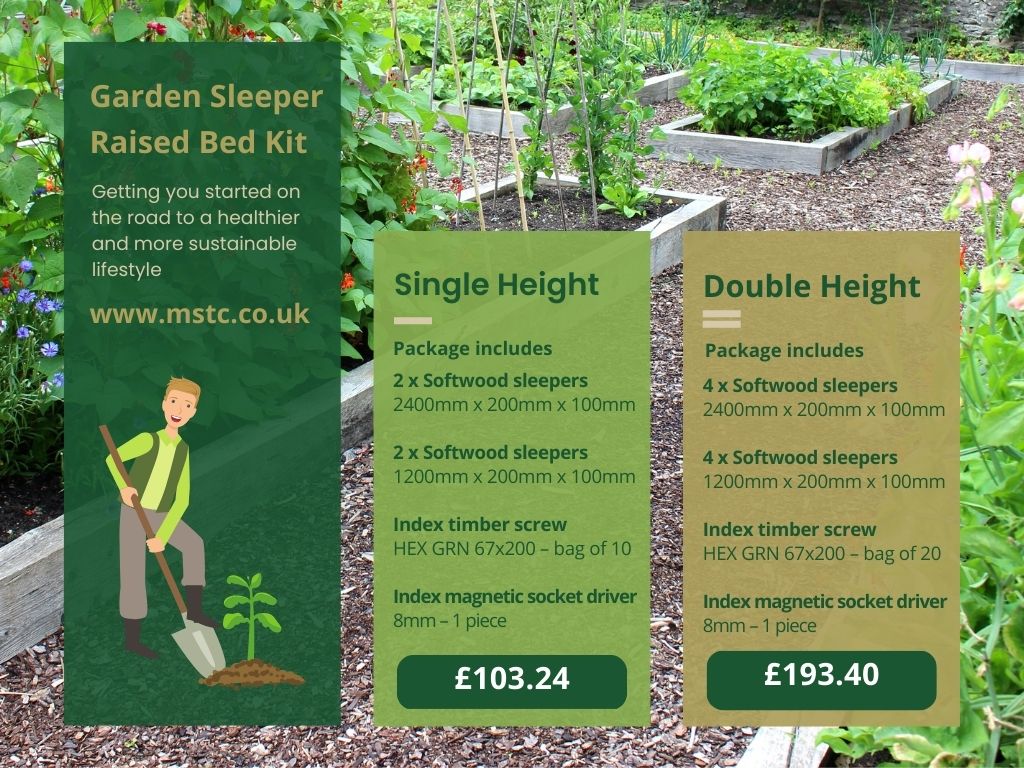
If you're looking to grow your own vegetables, you are already taking a proactive step towards a healthier and more sustainable lifestyle. Growing your own produce not only saves you money, but it also ensures that you know exactly what went into the food you are eating.
However, it's important to know what you’re doing, to thrive, plants need a number of things, including good drainage, good topsoil and room to thrive. In this blog post, we'll discuss why raised beds are a great option for vegetable gardening.
Why topsoil is a key ingredient when growing your own
Good topsoil is critical for vegetable gardening because it provides the nutrients, drainage, and aeration that your plants need to thrive. When soil is healthy, it contains a balanced mix of organic matter, sand, silt, and clay particles that work together to create an ideal environment for plant growth. The organic matter in topsoil provides nutrients for plants, while sand and silt particles allow for proper drainage and aeration. Poor topsoil can lead to stunted plant growth, poor yields, and a host of other problems, you can speak to the MST team to ensure the topsoil you order is suitable for your needs.
Why raised beds work
Raised beds are simply garden beds that are elevated above the ground. They are typically constructed using wood, stone, or other materials, and filled with a mixture of topsoil, compost, and other organic matter.
There are several benefits to using raised beds for vegetable gardening, including:
- Improved Soil Quality: As mentioned earlier, good topsoil is critical for vegetable gardening. By using raised beds, you can control the quality of the soil by adding the ideal mix of organic matter, sand, silt, and clay particles.
- Better Drainage: Raised beds are typically elevated above the ground, which means they provide better drainage than traditional garden beds. This is important because excess water can lead to root rot and other problems.
- Reduced Soil Compaction: When you walk on traditional garden beds, you can compact the soil, making it difficult for plant roots to grow. With raised beds, you can avoid this problem by creating paths between the beds for walking.
- Longer Growing Season: Raised beds warm up faster in the spring, which means you can start planting earlier in the season. They also tend to retain heat better than traditional garden beds, which means you can extend the growing season into the fall.
- Easier Access: Raised beds are typically designed to be waist-high, which means you don't have to bend over as much to tend to your plants. This can be especially beneficial for people with mobility issues.
Conclusion
Growing your own vegetables can be a rewarding and fulfilling experience. By starting with good topsoil and using raised beds, you can ensure that your plants have the nutrients, drainage, and aeration they need to thrive.
Whether you're a seasoned gardener or a beginner, vegetable gardening can be a fun and educational activity that provides you with fresh, healthy produce all season long. We have created a list of what you need to get started on the road to a healthier and more sustainable lifestyle.